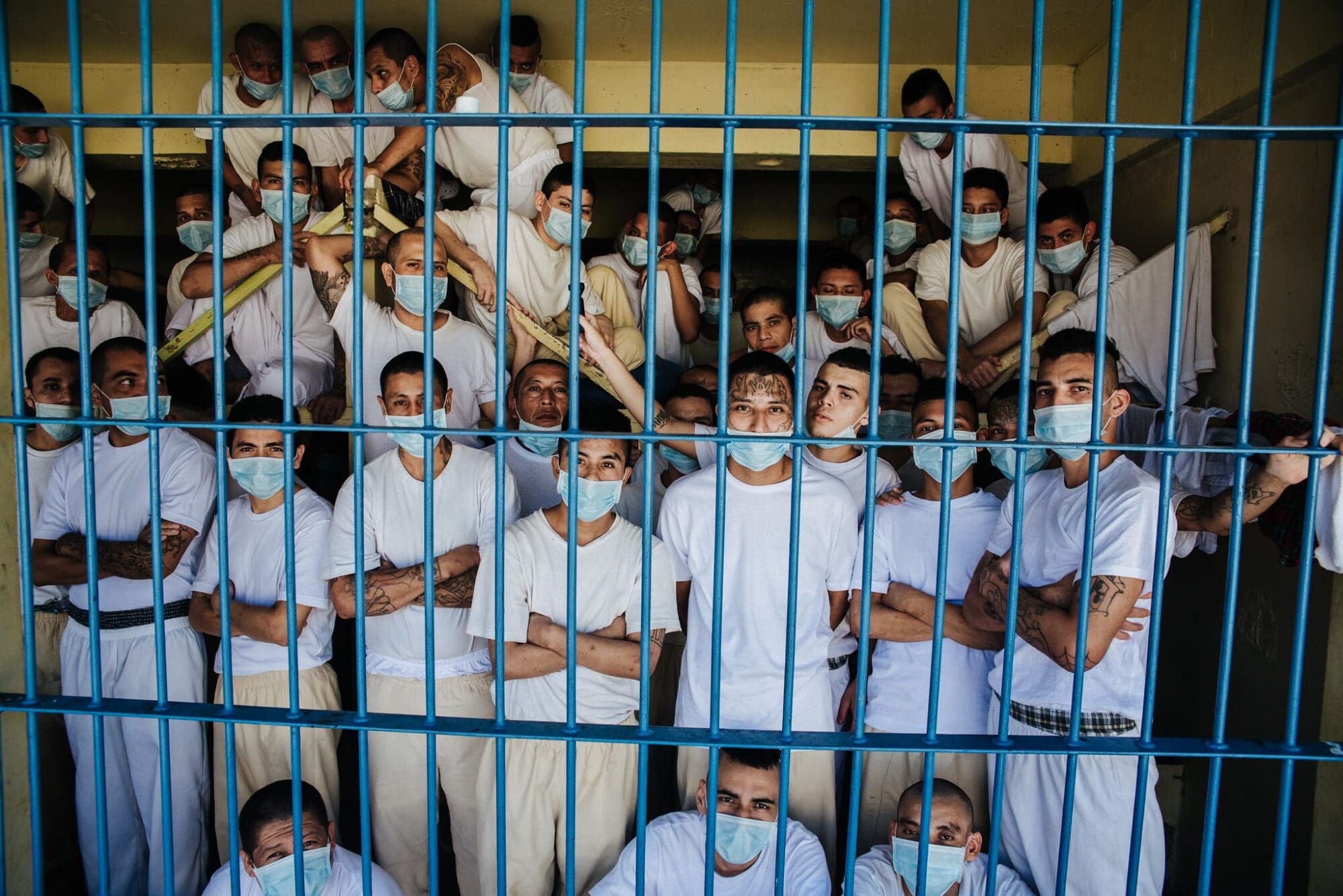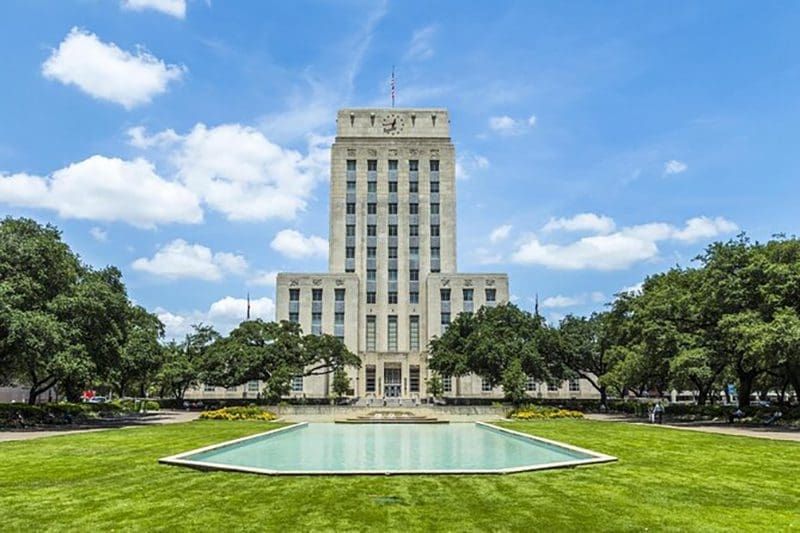Despite legislative efforts to allow for the creation of new sources of transportation financing, it is not at all clear that there is currently a lack of transportation funding in Texas.
[This testimony was presented to the Joint Meeting of the House Transportation Committee and the senate Transportation and Homeland Security Committee on Feb. 1, 2010.]
In 2006, the Texas Transportation Commission projected that $188 billion would be needed for transportation infrastructure projects through 2030, and that this would result in an $86 billion funding shortfall. This $188 billion funding need would require $7.8 billion per year for the period 2006 -2030. However, in the 6 year period 2006-2011, the Legislature has appropriated $46 billion to the Texas Department of Transportation (TxDOT) which is an average of $7.6 billion per year. If that rate of appropriations continues through 2030, the agency will have received a total of $182.4 billion since 2006. This would be just $5.6 billion less than the $188 billion that the Commission said was needed.
However, this does not account for voter-approved transportation bonds, or local transportation funding. Voters have been asked to approve new bonding authority for TxDOT three times since 2000, and have consented to the new funding each time. Most recently, Proposition 14 (2003) authorized $3 billion in new bonds backed by the State Highway Fund , and Proposition 12 (2007) authorized $5 billion in new bonding capacity. According to TxDOT’s own project listings, there are currently projects totaling at least $1.351 billion that are underway utilizing Prop. 14 financing, and projects costing $991 million underway utilizing Prop. 12 funding.
However, bond-funded programs alone do not tell the whole story. According to the Comptroller’s Office, the Legislature has appropriated $60 billion to TxDOT since 2000. Indeed, TxDOT’s project expenditures in FY2009 reveal that there is a significant amount of funding being shared among a wide range of transportation projects. According to TxDOT, Unified Transportation Program spending totaled $4.1 billion in FY2009, which was spent on a range of project types, including preventive maintenance, statewide connectivity projects, urban and metro corridor projects, and congestion mitigation.
Indeed, statistics from individual counties reveal that the vast majority of projects are adequately funded. For example, TxDOT reports 196 projects that are currently on the books in Tarrant County alone. Every project in Tarrant County with a bid date before or during 2009 has been funded, and of the 87 future projects that have not yet been funded, only 6 have a bid date in 2010.
Based on this evidence it does not appear that projects are not being funded; in fact the reverse is true: TxDOT is able to fund most projects in a timely manner. And this is despite significant failures in the agency’s accounting practices: In a 2007 report, the State Auditor’s Office noted that because of “misallocations” in its accounting methods, “the Department’s cost accounting records do not accurately reflect the true costs of individual projects.” In 2008, testifying before legislative committees, agency representatives acknowledged that some TxDOT funds had been counted twice and effectively assigned to more than one project, resulting in the appearance that over $1 billion had been lost. As the State Auditor’s Office wrote:
Ineffective internal communication, a complex reporting structure, and misunderstanding of reported data led the Department of Transportation to overschedule $1.1 billion in planned contract awards for fiscal year 2008.
In its report to the 81st Legislature, the Sunset Advisory Commission also highlighted TxDOT’s accounting failures:
The Legislature and others do not have clear insight into the Department’s finances. Although the Legislature appropriates funding to TxDOT based on key goals and strategies such as planning, construction, and maintenance and preservation, the appropriation does not coincide with how TxDOT spends this funding… the Legislature cannot know whether or not the Department is spending its funds as intended.
Legislators constantly strive to assign appropriate levels of funding to ensure that adequate transportation infrastructure can be constructed, yet it is difficult to determine appropriate funding levels if TxDOT’s budgeting contains “misallocations” and allocates money to “incorrect projects.” TxDOT must continue to improve its accounting methods so that legislators – and the public – can identify where money is being spent and how much money is truly needed for infrastructure improvements.
None of this is to say that there would not be benefits from devoting more funding to transportation projects, but merely to note that very substantial funding appears to exist for currently planned projects, despite the failings of TxDOT’s accounting procedures. However, raising new revenue for transportation must be taken in the context of all taxes: homeowners and other property owners continue to face a perpetually-increasing property tax burden and business owners continue to grapple with the burden and complexity of the margins tax. Legislators should consider these facts in the context of exploring new funding mechanisms, and particularly ones that would impose additional burdens on taxpayers.
Transportation Financing Options
Before considering new funding options, the following existing funding mechanisms and revenue sources must be reviewed to determine whether they can provide the necessary resources to meet the state’s needs:
1. Re-Order the State Budget.
a. End Diversions from the State Highway Fund
The Texas Constitution (Article VIII, Section 7-a) makes clear that subject to legislative appropriation:
All taxes…on motor fuels and lubricants used to propel motor vehicles over public roadways, shall be used for the sole purpose of acquiring rights-of-way, constructing, maintaining, and policing such public roadways. [Underline emphasis added]
As of FY2011, this amounted to $40.5 billion since 2002. The majority (81 percent) of this $40.5 billion goes directly to the Texas Department of Transportation (TxDOT); however, other amounts are diverted to seven other agencies, including the Health and Human Services Commission (HHSC) and the Texas Education Agency (TEA). Ending these diversions must be a legislative priority before creating new sources of revenue or raising existing taxes and fees is contemplated.
If the constitutional language directing State Highway funds to “acquiring rights-of-way, constructing, maintaining, and policing such public roadways” is taken to justify all appropriations to TxDOT and the Department of Public Safety (which provides policing of roadways), then $560 million has been diverted away from these two agencies over the past decade. However, construing the constitutional language more exactly, it is clear that retirement, insurance, and social security payments made by TxDOT and DPS are expenditures that do not directly acquire rights-of-way, or construct, maintain, and police public highways. If these expenditures by TxDOT and DPS are included as diversions from the State Highway Fund, then $3.8 billion has been diverted from the State Highway Fund over the past decade. If legislators are concerned about transportation funding, a close examination of the expenditures from the State Highway Fund is the first step that should be taken before new sources of revenue are considered.
This is not to argue that the Legislature should not meet the state’s obligations to current and former employees of TxDOT and DPS, but merely to note that the plain language of the constitution demands that highway funds be spent on highway construction, maintenance, and policing. Legislators could apply the principle of truth-in-taxation by devoting highway funds to these narrow items, while appropriating other funds from General Revenue to pay for other obligations borne by TxDOT and DPS.
b. Shift Funding from Other Areas of the Budget to Transportation
If indeed there is a transportation funding shortfall, it can be traced in part to the fact that over the past two decades, spending on welfare programs administered by HHSC has grown at a staggering rate when compared to transportation funding. In 1989, spending on Health and Human Services (HHS) programs stood at just $4.6 billion, which represented 22 percent of the entire annual state budget. In the same year, transportation funding was $2.5 billion or 12 percent of the entire state budget. Over the subsequent two decades both HHS and transportation spending have grown, though at markedly-different rates. HHS spending has grown more than sevenfold, and now accounts for 38 percent of the total state budget. However, transportation spending is only a little more than two and a half times larger than it was in 1989, and it now accounts for a much smaller 7.5 percent of the state budget.
If just a fraction of the new revenue that has been directed to HHS programs had been used on transportation projects over the past two decades, Texas’ transportation infrastructure would likely be significantly improved today. In addition, transportation spending is a much more fiscally responsible use of state funds than are welfare programs. Transportation projects create jobs (thus alleviating some of the need for welfare spending) and build an infrastructure that will underpin economic growth and development for many decades beyond the timescale of the project. Conversely, welfare spending creates a dependency culture and is simply a short-term band-aid that does little or nothing to improve the prospects for economic growth.
Legislators must be cognizant of the fact that HHS programs have become an unsustainable drain on the state’s resources and that they now materially impact the state’s ability to adequately fund necessities such as roads and highways. The State has an all-funds biennial budget of $182 billion, which should be more than adequate to fund transportation needs. Examining how existing revenues are being spent, with a particular focus on welfare programs, is imperative before any new or increased taxes or fees are considered.
2. Private Equity
The sheer scale of the investment that Texas taxpayers have made in the state’s transportation infrastructure in recent years – $60 billion since 2000 – underscores the cost that is involved in developing and maintaining a modern transportation network. Faced with such costs, it is important that the state utilize private financing in order to mitigate costs that would otherwise be borne exclusively by taxpayers.
There has been significant controversy surrounding the use of private equity to construct and operate roads in Texas; however, as a matter of principle the use of private financing must be considered. The folly of rejecting private equity is particularly stark in contrast to the fact that private companies build the cars, trucks, gas stations, street lights, traffic signals, and virtually every other item that is necessary for travel on the public highway. Private companies also extract and refine the petroleum and petrodiesel that is used to fuel the vast majority of vehicles that use public highways. There would be no meaningful system of highway transportation without the investments made by these private companies: involving private equity in the construction of public highways is an entirely logical approach to delivering an effective and efficient transportation network.
It is also important to note that many private companies have significantly more experience of toll projects than do many American companies, and that there is no inherent risk to the State of Texas if its highways are funded with private capital. As Leonard Gilroy, a senior policy analyst at the Reason Foundation, noted in his previous testimony before the Texas Senate Committee on Transportation and Homeland Security:
States want to deal with firms that have extensive experience as toll road providers. The simple fact is that the United States has no such industry, as yet, because we have used only public-sector agencies to build and operate toll roads. Thus, responsible governments, wanting to ensure that the toll road is in experienced, professional hands, will weigh prior experience very heavily in their selection criteria… Attracting billions of dollars in global capital (and expertise) to modernize America’s vital highway infrastructure is a huge net gain for Texas.
Choosing to keep development of the state’s transportation infrastructure in the public sector when realistic and effective private sector alternatives exist is anathema to the fundamental conservative principles of limited government and free enterprise.
3. 4a and 4b Sales Taxes
Just as state legislators should re-order budget priorities in order to devote a greater level of funding to transportation projects, local elected officials should also ensure that they are prioritizing their funding to transportation infrastructure needs. The Development Corporation Act of 1979 (found in Article 5190.6 of Vernon’s Civil Statutes) allows certain cities to levy additional sales and use taxes in order to fund economic development projects, such as manufacturing and industrial facilities, recycling facilities, small warehouse facilities, regional or national corporate headquarters facilities, and telephone call centers.
However, the Act also allows cities that are located within regional transportation authorities to use 4a and 4b sales taxes for transportation projects, with voter approval. Since transportation infrastructure is a vital prerequisite to any meaningful economic development, political subdivisions should ensure that they are fully utilizing all revenue options, including 4a and 4b sales tax revenues to finance transportation projects at the local level. More broadly, local officials should ensure that they are fully utilizing existing revenue sources (typically a one cent local sales and use tax) for transportation funding before new revenue sources are considered. The City of Irving, for example, utilizes a one cent local transit tax to fund transportation projects. If transportation is a primary concern of local officials, they should re-organize their spending priorities by fully-utilizing their ability to levy a one cent local sales tax for transportation purposes.
Conclusion
Transportation infrastructure is critical for the future of Texas, and it must therefore be funded as a priority that is at least as pressing as HHS welfare programs. Ending diversions from the State Highway Fund by strictly applying the language of the Texas Constitution is imperative before legislators consider other revenue alternatives.
If alternative sources of revenue are needed to supplement the State Highway Fund, it is recommended that legislators consider using existing revenues – such as a portion of state welfare spending, or local 4a and 4b sales tax revenue – before creating new revenue sources.
John Colyandro is the executive director of the Texas Conservative Coalition.
END NOTES:
[1] “Improving Mobility in Texas through Public Private Partnerships,” Testimony of Leonard Gilroy before the Texas Senate Committee on Transportation and Homeland Security; March 21, 2007.



